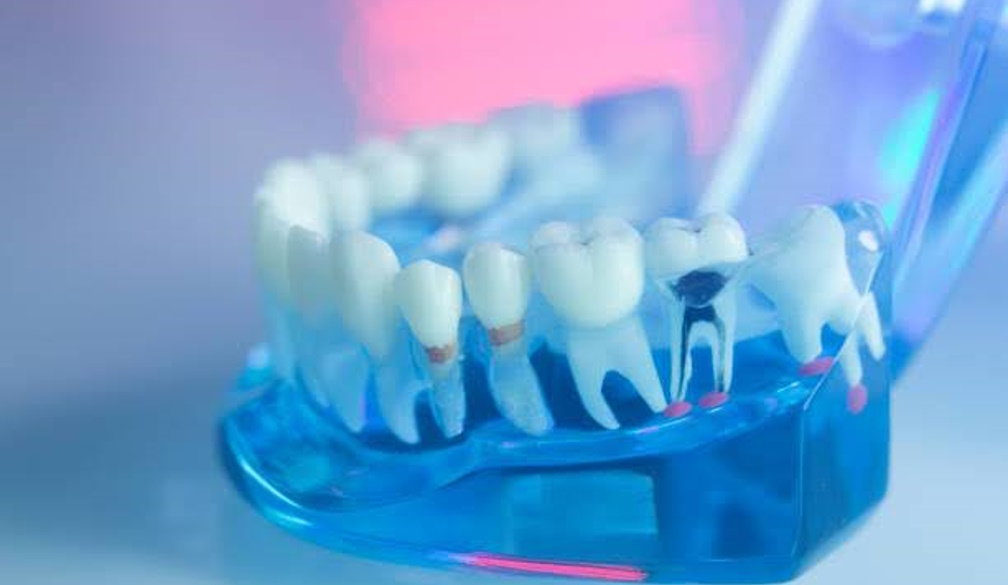Titanium vs. Zirconia Implants: Which Is Right for You?

Selecting a dental implant is a big choice that impacts your general well-being, appearance, and oral health. Zirconium has emerged as a strong substitute for titanium, which has been the gold standard for decades. Today, the most critical question facing both patients and dentists is which material is ideal for a successful and long-lasting repair. To assist you in making an informed choice, this article compares titanium and zirconia implants in great detail, examining their material qualities, clinical effectiveness, cosmetic factors, and biological compatibility. Discover high-quality dental implants Perth to restore your smile with confidence.
The Foundation: Understanding Dental Implants
An advanced medical device called a dental implant is used to replace a lost tooth. It is made up of three main parts: the crown (the visible artificial tooth), the abutment (a connector that fastens to the implant), and the implant fixture (a screw-like post surgically inserted into the jawbone). The process of osseointegration, in which the implant material immediately merges with the jawbone to provide a strong and long-lasting foundation for the new tooth, is essential to the success of an implant.
Titanium: The Time-Tested Champion
For over 50 years, titanium has been the undisputed king of dental implant materials. Its dominance is rooted in its exceptional properties and a long history of clinical success. Struggling with the inconvenience of missing teeth? Our dental clinic offers affordable, high-quality dental implants Brisbane.
Material Properties and Clinical Performance
Titanium is a lightweight, strong, and highly corrosion-resistant metal. Its most significant advantage is its unparalleled ability to osseointegrate. The surface of a titanium implant undergoes a process called passivation, forming a thin, stable layer of titanium dioxide (TiO2) that is highly biocompatible. This layer is what allows the implant to integrate so effectively with bone tissue.
- Strength and Durability: Titanium implants are extreme and can withstand the substantial chewing forces of the oral cavity. This makes them a reliable choice for single-tooth replacements and extensive full-arch restorations.
- Proven Track Record: The vast majority of long-term studies and clinical data available for dental implants are based on titanium. The high success rates—often exceeding 95%—provide dentists and patients with a high degree of confidence.
- Versatility: Titanium's strength and design flexibility have allowed for a wide range of implant systems, including two-piece implants (implant and abutment are separate) that offer greater prosthetic flexibility for different clinical scenarios.
Potential Downsides of Titanium
While highly effective, titanium implants are not without their potential drawbacks.
- Aesthetic Concerns: Titanium has a grey metallic colour. In patients with thin gum tissue, the dark colour of the implant can sometimes show through, creating a greying effect on the gumline. This can be a cosmetic concern, particularly in the prominent front teeth.
- Metal Allergy and Sensitivity: Though rare, a small percentage of the population may have a hypersensitivity or allergic reaction to titanium. While true allergies are uncommon, some studies suggest a potential for localised inflammatory responses in sensitive individuals.
Zirconia: The White Alternative
Zirconia (ZrO2), a type of ceramic, has emerged as a formidable challenger to titanium. Known for its use in dental crowns and bridges, zirconia's application in dental implants is relatively newer but rapidly gaining popularity.
Material Properties and Clinical Performance
Zirconia is a ceramic material that has been modified for dental use to be exceptionally strong and fracture-resistant. Its most striking feature is its white, tooth-like colour, which addresses one of the primary cosmetic concerns associated with titanium.
- Aesthetics: This is zirconia's most significant advantage. Its natural white colour eliminates the risk of a dark shadow showing through the gums, making it an ideal choice for patients with thin biotypes or those seeking a highly aesthetic result, especially in the "smile zone."
- Biocompatibility: Zirconia is highly biocompatible and hypoallergenic. Unlike titanium, it is a non-metallic material, making it an excellent option for patients who have metal sensitivities or allergies.
- Plaque Resistance: Studies suggest that zirconia's smooth, non-porous surface is less prone to plaque and bacterial accumulation compared to titanium. This can contribute to healthier gum tissue around the implant, potentially reducing the risk of peri-implantitis (a form of gum disease around implants).
Potential Downsides of Zirconia
Despite its advantages, zirconia implants present specific challenges and considerations.
- One-Piece Design: Most zirconia implants are designed as a single, one-piece unit, with the implant and abutment fused. This design offers a seamless aesthetic but limits the prosthetic flexibility. If the implant is not placed at the perfect angle, it can be challenging to align the crown correctly. Two-piece zirconia systems are available but are less common.
- Risk of Fracture: While zirconia is strong, it is more brittle than titanium. This means it is more susceptible to catastrophic fracture under specific stresses, though advancements in manufacturing have significantly improved its durability.
- Limited Long-Term Data: As a newer technology, zirconia implants do not have the same extensive body of long-term clinical data as titanium. While short- and medium-term studies show high success rates, the long-term performance (15-20 years or more) is still being established.
- Surgical Sensitivity: The one-piece design of many zirconia implants requires an exact surgical placement. Unlike two-piece titanium implants, where the abutment can be customised and torqued into place after osseointegration, the one-piece zirconia implant's final position is set at the time of surgery.
Making the Right Choice for You: A Personalised Decision
Ultimately, the choice between titanium and zirconia is not about one being inherently "better" but about which one is better for you. The decision should be made in close consultation with your dental professional, taking into account several factors:
- Location of the Implant: For obvious areas (e.g., front teeth), a zirconia implant may be the preferred choice to ensure an aesthetic outcome, especially if you have a high smile line or thin gum tissue. For posterior teeth that bear heavy chewing forces and are not visible, titanium's proven strength and cost-effectiveness may be the ideal choice.
- Your Medical History: If you have known metal allergies or sensitivities, zirconia is a safer, non-allergic alternative.
- Gum Tissue Thickness (Biotype): Your dentist will assess the thickness of your gum tissue. If it is thin, the grey colour of a titanium implant may show through, making zirconia a better aesthetic option.
- Bone Health: The success of any implant relies on adequate bone volume and density. Your dentist will evaluate this using a CBCT scan. While both materials require good bone for osseointegration, the surgical requirements for a one-piece zirconia implant can be more demanding.
- Your Dentist's Expertise: The dentist's experience with a particular implant system is crucial. A dentist with extensive experience and training in placing and restoring zirconia implants may be more comfortable recommending them.
The Future of Dental Implants
The field of implantology is dynamic, with continuous advancements in both titanium and zirconia. Surface modifications of titanium are being developed to enhance osseointegration and resistance to infection further. Zirconia is being refined to improve its fracture toughness and to develop more versatile two-piece systems that offer the best of both worlds—aesthetics and prosthetic flexibility. The future may even see hybrid materials that combine the best properties of both. Our implant dentist Perth will carefully review your medical history, perform detailed scans, and guide you through your options to determine if dental implants are the right solution for your smile and health.
Conclusion
Titanium has been the mainstay of dental implantology for many years due to its unparalleled strength, dependability, and plenty of long-term data. For a variety of patients, it is still a great option. Zirconia, on the other hand, has effectively established itself as a superior, aesthetically pleasing, and hypoallergenic substitute.
Science, art, and individual preference all play a part in the choice. It calls for a thorough consultation with a licensed dental implant specialist who can assess your particular requirements, bone condition, and aesthetic preferences. You can choose the implant that will give you a long-lasting, beautiful, and healthy smile by working with your dentist to learn the unique qualities and advantages of each material.





